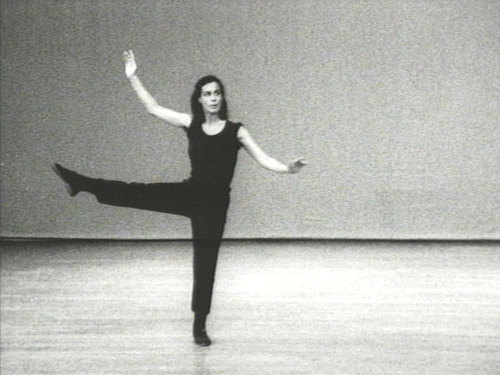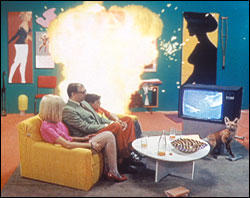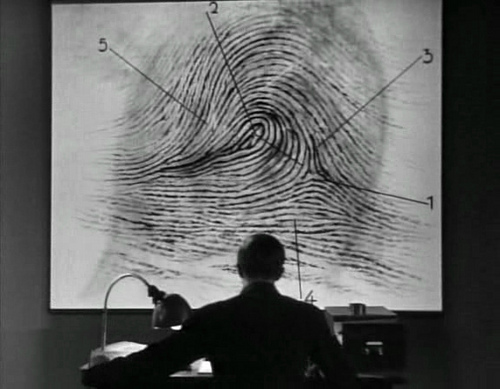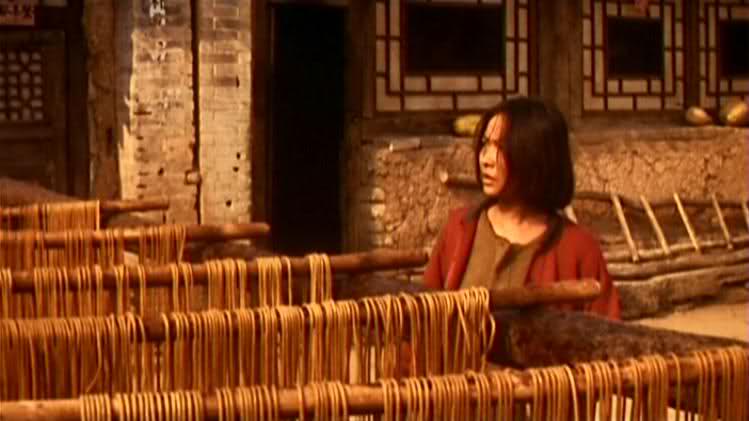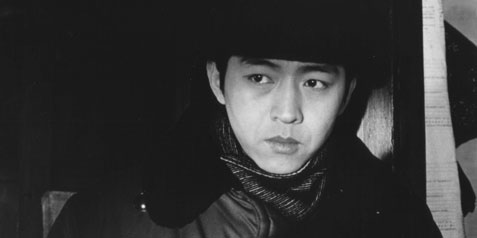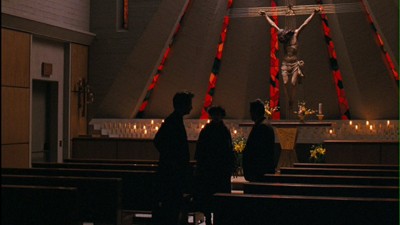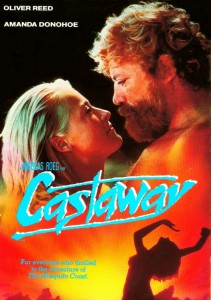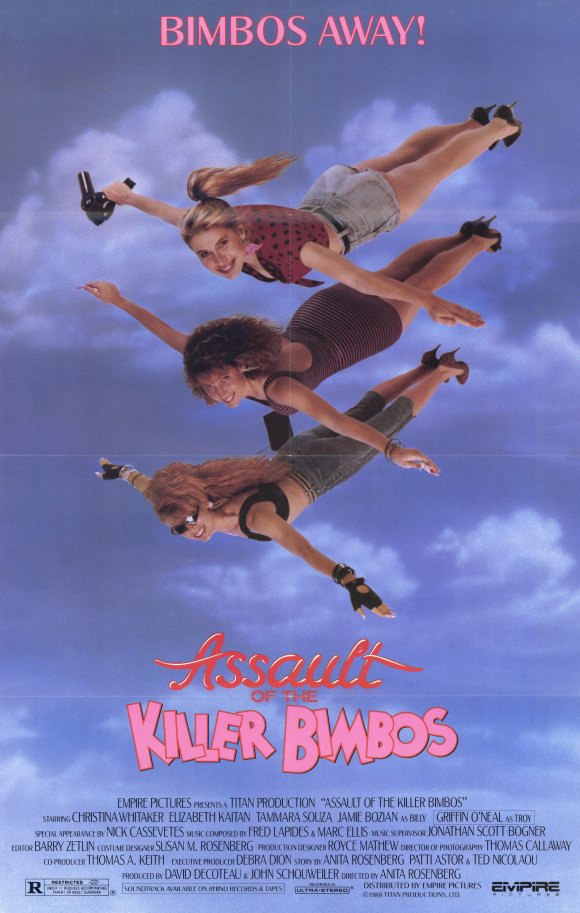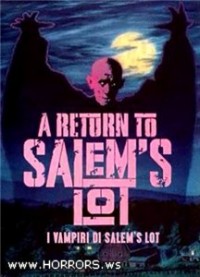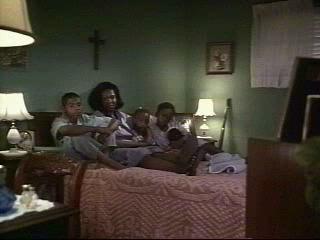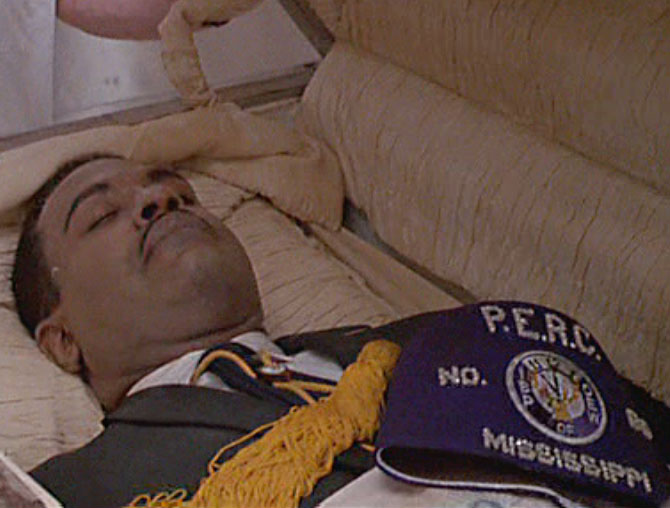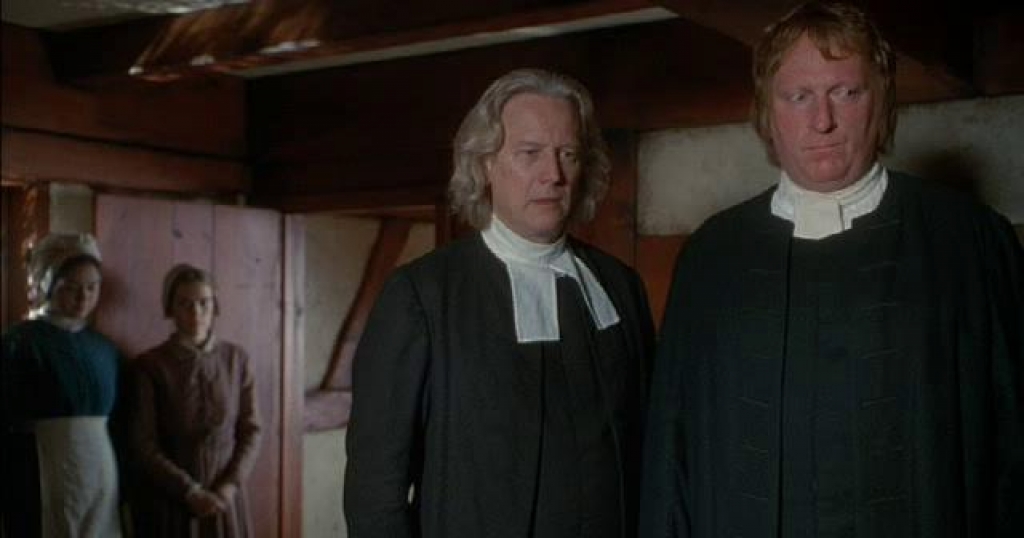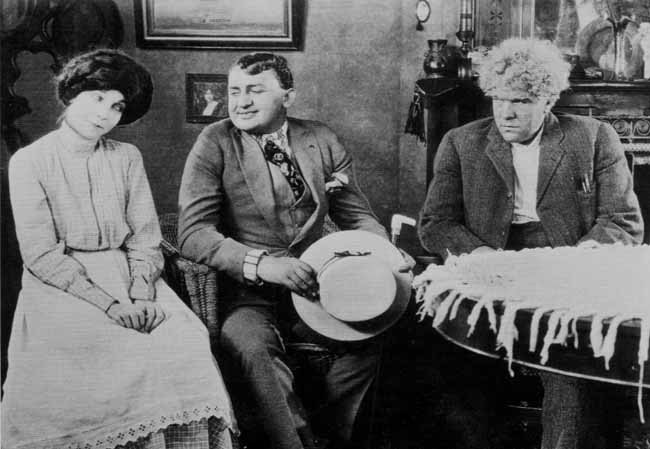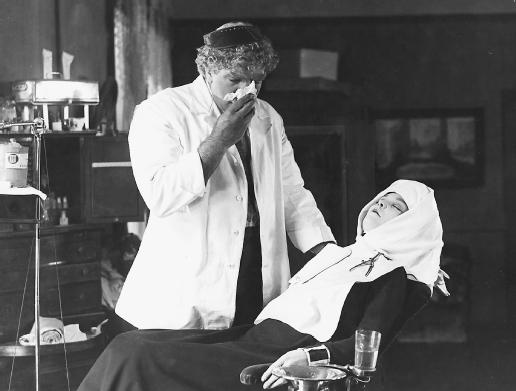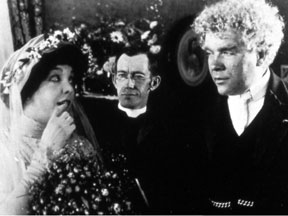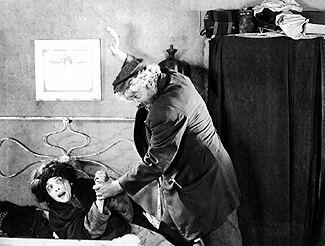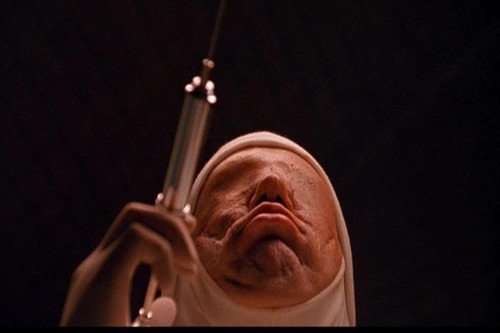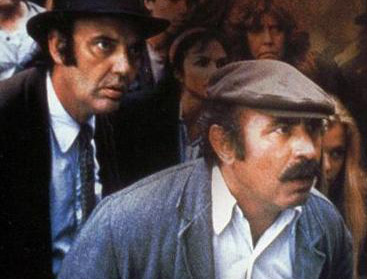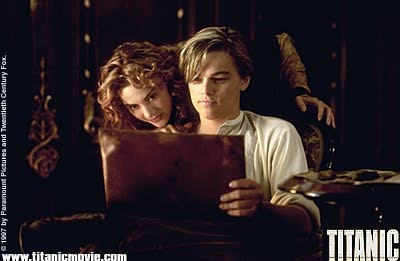From the March 1980 issue of American Film. – J.R.
It’s pretty apparent to anyone who meets avant-garde filmmaker Yvonne Rainer for the first time that she used to be a dancer. But one probably has to see at least one of her four challenging features in order to perceive that she used to be a choreographer, too. And it’s only after one considers her in both these capacities that one starts to get an inking of what her viewpoint and her art are all about.
The first time I met her — three and a half years ago, at the Edinburgh Film Festival — Rainer reminded me in several ways of writer and filmmaker Susan Sontag. It wasn’t merely the somewhat glamorous positions that both women occupy on respective intellectual turfs. There was also a kind of spiritual resemblance that seemed to run much deeper: voice tone, appearance, wit, grace, and coolness masking an old-country sense of tragedy and suffering.
***
In Edinburgh Rainer delivered a lecture called “A Likely Story,” about the use of narrative in films. In the course of her remarks, she made it clear that her own “involvement with narrative forms” hadn’t always been “either happy or wholehearted,” but was “rather more often a dalliance than a commitment.” Read more

